EPtalk by Dr. Jayne 3/4/21
The states continue to add complexity to the vaccination process, which is unfortunate for patients, but handy for those of us who depend on billable consulting and technology support hours to pay the rent.
Florida is my new cash cow this week. It issued a form Tuesday to certify patients who have a “COVID-19 Determination of Extreme Vulnerability.” Some of my clients brought this to my attention and asked for a quick migration of this form into their EHRs so that they could complete it without patients having to bring it to the office. I have a couple of consultants frantically building them to include auto-fill fields and blobulized and digital signatures, which hopefully the public health authorities and/or vaccinators will accept.
I found it interesting that they require the physician to “certify that I have a physician-patient relationship with the patient named above,” which would seem to indicate they’re concerned about certification mills or people just buying signed notes. On the other hand, they specifically left out NPs and PAs who provide a substantial amount of primary care in the state, which is unfortunate for both providers and patients.
Additionally, these medically vulnerable patients can only be vaccinated by physicians, nurse practitioners, or pharmacists, which doesn’t make sense with medical standards of care. Not to mention, let’s use our most expensive resources to do tasks that could be done by a less-expensive resource, such as a registered nurse, licensed practice nurse, medical student, paramedic, or military medical staffer. Score one in the “poorly thought and executed” column yet again.
I continue to see a lot of poorly planned initiatives among organizations. One created a shingles vaccine campaign that brought patients in for immunization, only to launch their COVID-19 vaccine campaign shortly thereafter, which created confusion as patients were turned away due to having had a vaccine in the previous 14 days.
I’m still seeing aggressive intake forms and pre-screening processes that exclude patients from in-person visits for findings that may or may not be COVID-related, such as fever. I guarantee that the six year-old who is attending in-person school and had exposure to a child with strep throat and who now has a fever and sore throat is much more likely to have strep then COVID-19, but algorithms are still pushing those patients to virtual care, which either results in antibiotics over the phone (less than ideal) or an additional in-person trip for testing or evaluation.
As someone who has passed the 1,000-patient mark for COVID-19 exposures, this is starting to feel similar to what we went through with HIV. We need to just start assuming that everyone might be carrying it and make sure healthcare providers have appropriate universal protections (including adequate and regularly replaced N-95 masks) and proceed accordingly. People much smarter than me are all similarly concluding that we’re going to head into a phase where this virus is endemic and we’re going to deal with it for a long time, so we need to start retooling our processes for the long haul. This includes IT systems that haven’t been updated. I still see electronic intake forms with questions about travel to China and we’re long past that being relevant.

Lots of attention this week to a pre-print research study that suggests that wearing glasses might reduce COVID transmission, a phenomenon jokingly referred to as “nerd immunity.” Although we know that protective eyewear can be a barrier to viral particles entering the eyes, the backlash on this one was swift, with multiple people pointing out that pre-print studies can be problematic. Fact-checkers concluded that there is no definitive evidence that wearing simple eyeglasses make someone less susceptible to COVID-19 and that the study cited was low powered (304 patients with disease) and noted that the study has not gone through the peer review process. There are additional design problems in that the researcher only included patients with mild disease and excluded those with moderate or severe illness. If we’ve learned one thing during this pandemic, it’s that watching science unfold in real time can be messy and confusing to those not involved in the process.

HIMSS recently put out a call for nominations for its Changemaker in Health Awards. Nominators were asked to put forth “inspiring senior health executives who rigorously challenge the status quo in their journey to build a brighter health future.” As part of the nomination process, one had to submit an essay on why their candidate was deserving of the Changemaker designation, as well as providing the candidate’s CV and other supporting materials. On March 2, my nominee received a notification that he had not been selected as a finalist, but no communication was made to the nominator. He was encouraged to visit the Changemaker page to see the finalists and vote, but it took HIMSS a full day to get it live despite it being March 2 and the website encouraging people to come back on March 2 to vote.
The page finally went live sometime on March 3. It looks like a fairly solid bunch of people, but none of them are big-league rabble rousers or changemakers in my opinion. Most have led steady careers as CIOs or equivalent, and work for large hospitals or health systems. There was little representation from entrepreneurial or cutting-edge technology interests. In order to help the public vote, the site lists the individual’s title and a link to their LinkedIn page, but doesn’t include any of the color or meaty information that some of us included in our nominating essays, which is disappointing.
I wish good luck to those who are in the running, although selection is a mixed bag because the winners have to engage in various HIMSS events and panels as a condition of recognition. My candidate suggested that perhaps HIMSS “wasn’t looking for the real troublemakers” and suggested we have our own “Rebels in Healthcare” list and party at HIMSS. In the absence of a HIStalk kegger (and don’t get me wrong, that would be perfect for the half-baked HIMSS that we might be all walking into this August), it’s sounding like a fairly decent idea. If you have a rebel you’d like to nominate for inclusion, or just want to nominate yourself, leave a comment or email me.

Email Dr. Jayne.



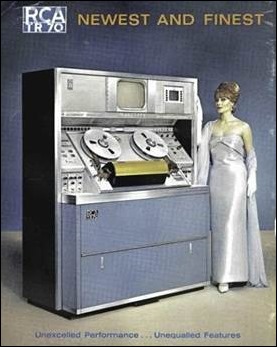


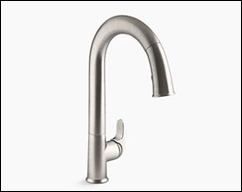


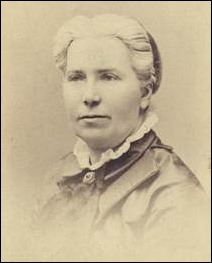

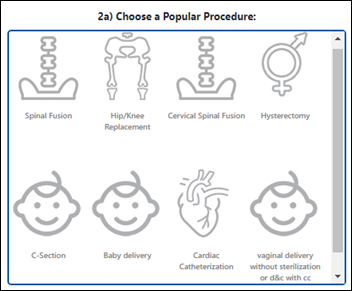


































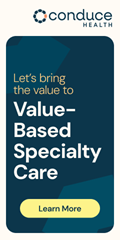









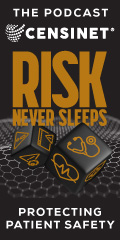








































Would have liked to have seen more about Expanse here. Would like to see more about it on this site…